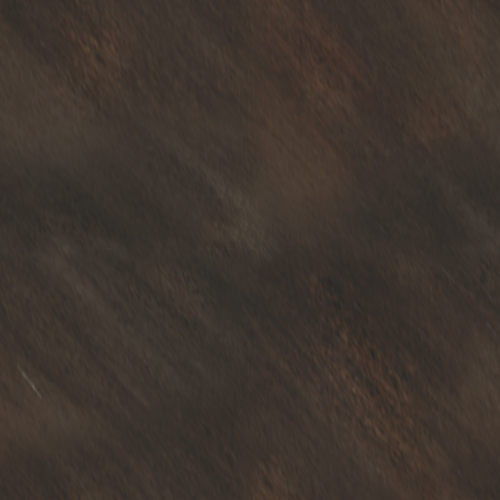Let’s not forget that with each restoration we have interiors and possibly convertible tops, chrome and stainless trim, and windows. As with any restoration, these things will take time and are just as important as the rest of the build.
When it comes to the interior and convertible tops (if applicable) we do them in house or outsource them. When we outsource, we send the job out to Sharp’s Automotive Upholstery in Ohio. One reason we send the interior and convertible top jobs up North is because they only do top level cars and let’s face it, we always have a rarity in this shop. When performing in house interiors, we use our local automotive upholstery shop to sew all the seat covers, side panels, headliners, door panels, etc. While our local upholstery shop is sewing up seat covers, we are in the process of preparing the seat frame(s) by cleaning the metal and making any repairs as needed. We also make any panels that are needed in the vehicle and once they are done, we take them down to the upholstery shop to be covered. Once all the interior parts are ready, we then begin the installation of the headliner, insulation or sound deadener, carpet (if applicable), interior panels, door panels, interior trim, and then seats.
Chrome is a major factor in the rebuilding process so we send it out for re-plating. We send all our chrome and nickel items to Brightworks in Ohio. As far as our stainless, we try to keep all the original stainless on the cars and work out any imperfections at Graveyard Run Restorations. We start our stainless process by inspecting the stainless for any imperfection. We use specialty tools, such as miniature anvils and jewelry tools to repair the dents in the stainless and we also hammer and dolly as needed. Once all the dents are repaired, we then metal file and begin hand sanding the stainless. Our sanding process begins with 120 grit sandpaper through 600 grit sandpaper. After the first round of sanding is done, we then use our scuff pad wheel on our buffer to show any imperfections or missed spots. After the scuffing is done and there are no further blemishes, we begin another round of sanding. This starts with 800 grit sandpaper through 3000 grit sandpaper. With the second round of sanding done, we then go to polishing and buffing using a diamond etch compound polish. If the stainless is unsalvageable we then purchase new stainless from a forming company in Ohio.
When it comes to the glass and rubber seals, we always order new. When ordering the windows, we have to know facts about the windows. For instance, the color of the glass, the dimensions, which seals are needed and the mechanism for the windows. We have even gone as far as researching which etching is period correct and where it is located on each window. When we get a vehicle from the 30s and 40s, it is sometimes hard to call up a vintage automotive glass company to get windows. What makes it so hard is that the vehicle is either rare or the car had such odd shaped windows that they are not reproduced today. When this problem occurs that means we have to pull out the measuring tape and start sizing things up. No mistakes can be made in the measuring process because specialty made glass cannot be exchanged or returned. As far as the seals go, in most cases we can get what we need though we have run into problems due to the rarity of the vehicle. The mechanisms that are used in the windows can be ordered through one of our vendors, fabricated, or we can start a parts hunt on the Internet or amongst our fellow “old guys.
Attention to detail is key to quality work at Graveyard Run Restorations.
Check back soon for more on our blog!
Rachel Richardson and the GYR gang

